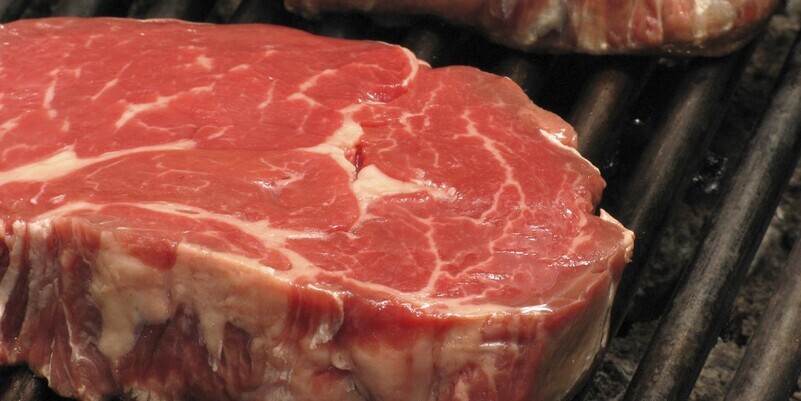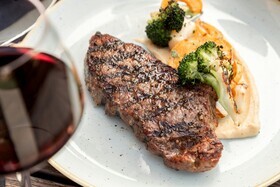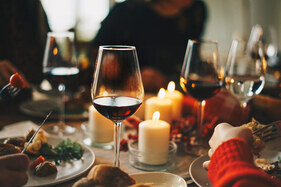
FromVineyardsDirect Wine & Food Pairing Guide
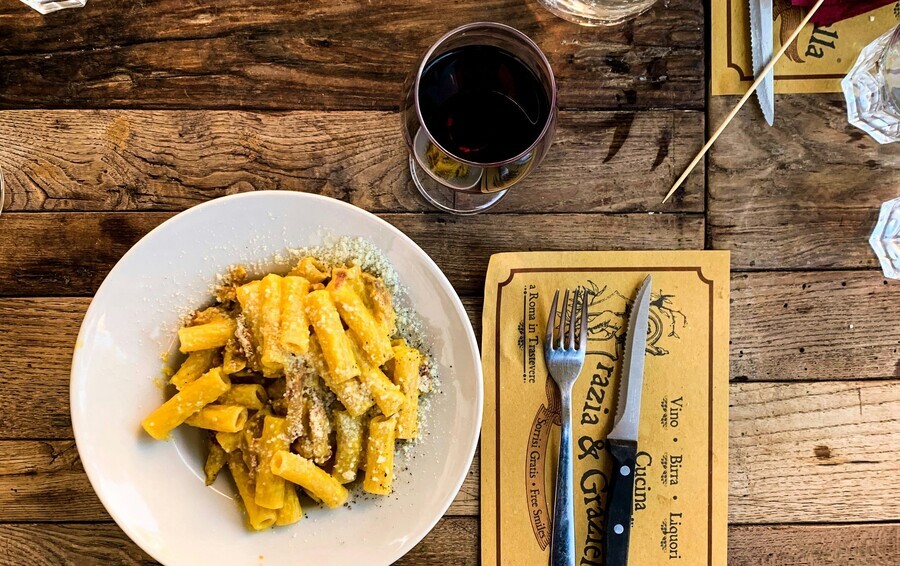
Few relationships can be quite as complementary as what’s between wine and cuisine. When the pairing’s right, the amplification of flavour and texture can be transformative. Such that the experience can turn into something akin to a life-long pursuit – if not full-blown obsession.
At FromVineyards Direct, we happily suffer this obsession. Wholeheartedly.
Blog-heartedly, and here, by way of some fundamental guidelines to help you maximise your own food and wine ventures. Guidelines you’ll find reflected in a handy host pairing prescriptions from our range. With these now under your belt, you’ll be all the more equipped for experimenting with any new wines and recipes that appear on your culinary horizon.
Six fundamental principles of wine & food pairing
But before we get specific, some basic guidelines to take on-board.
Balance acidity with acidity
Dishes with high acidity (like tomato-based sauces or vinaigrettes) need wines with equally high acidity, such as Sauvignon Blanc or Chianti. If the wine lacks sufficient acidity, it may taste flat or flabby alongside the food.
Match weight and structure
Light dishes pair best with lighter-bodied wines (e.g. grilled fish with Chenin Blanc), while rich, hearty meals require fuller-bodied wines with more structure (like Cabernet Sauvignon with steak).
Cut through fattiness with acidity or tannin
Rich, fatty foods—like pork belly, fish & chips, or creamy cheeses—are lifted and livened by crisp, high-acidity wines or balanced by tannic reds that cut through fat and richness to cleanse the palate.
Contrast vs. complement
Alternatively, aim for contrast. The crisp, vibrant acidity in Champagne or Sauvignon Blanc is a wonderful foil to fried foods. A dessert wine’s sweetness to blue cheese’s saltiness is another (see further below).
Complementing your flavours works equally well: lemon sole with a citrusy Grill or Sauvignon Blanc, for example. Or aged Nebbiolo or red Burgundy with mushroom risotto. Try both approaches depending on the dish.
Harmonise textures and aromas
Pair wines and dishes with complementary textures and flavour profiles—such as silky Viognier with creamy chicken or the honeyed, peachy, marmalade flavours of a Sauternes with an apricot tarte.
Consider sweetness for spice
Spiciness is best contrasted/offset with off-dryness, or exotic, unctuous fruitiness. Both play the same role of cushioning your palate and absorbing what fiery assaults a madras or vindaloo may pose.
Bonus Tips
Regional wines, regional food: There are few joys greater than that of discovering and exploring the classic, regional wine and culinary traditions of the world. Sancerre with Loire goat’s cheese or Rioja with slow-cooked lamb shoulder, for example. For the true wine lover, the naturally evolving partnership of local produce/cuisine and wine is the greatest symbiosis.
Sweetness for countering saltiness: A dish’s saltiness can be deliciously harmonised with the sweetness in a wine. It’s why Stilton and Port, or prosciutto with a slightly off-dry Riesling, work so well.
Tricky umami: Dishes high in umami (like mushrooms, soy sauce, or aged cheese) can make wines taste more bitter or metallic. Low-tannin reds (like Pinot Noir) or high-acid whites (like Grüner Veltliner) cope best.
Lower alcohol and tannin with spicy heat: Because spicy-hot dishes amplify higher levels of alcohol and tannin in a wine, that wine will feel more aggressive on the palate. In fact, finding full success with wine and curry pairing is rare. The two generally struggle together. So, go for low-alcohol, fruit-forward wines instead, with some sweetness or aromatic lift to soothe spice.
Food pairing with the FVD range
Now that we’ve laid the foundation for successful pairing, let’s link to some ideal wines from our range to join up these popular partnerships.
Shellfish & Seafood
Here, beauty is found in the simplicity of serving. For rarely, if ever, will you be dealing with sauces. Instead, just the sheer delicacy and purity of maritime flavours that call for fresh, crisp, light-bodied whites with the zip of bright, vibrant acidity.
Dish examples: Oysters, scallops, crab, langoustine, lobster, calamari, steamed white fish
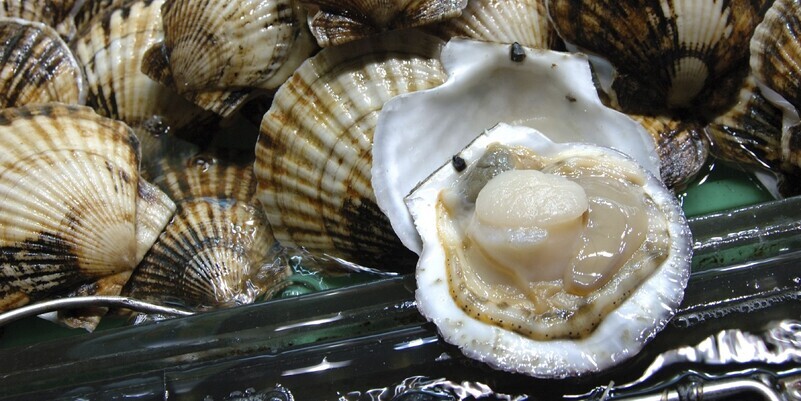
Best pairings:
- Light, crisp whites – Sancerre, Pouilly-Fumé, Touraine Sauvignon Blanc,Bordeaux Blanc, Muscadet, Albariño, Chenin Blanc, Picpoul de Pinet, Gavi di Gavi, Verdicchio, Provençal rosé
- Classic sparkling – Champagne, English sparkling
- With richness (e.g. garlic cream sauce) – Chablis, Mâcon, Alsatian Riesling, Grüner Veltliner
Fish (White & Oily)
Not far off the seafood criterion is wine-pairing with more delicate, flakier fish like hake, bream, sea bass, sardines, and cod. Baked, steamed or grilled, such relative lightness of flesh needs to be met with whites of similar weight and delicacy.
For naturally oily, meatier fish such as salmon, mackerel and tuna, it’s best to up the wine weight while keeping a good level of acidity to face up to this inherent oiliness.
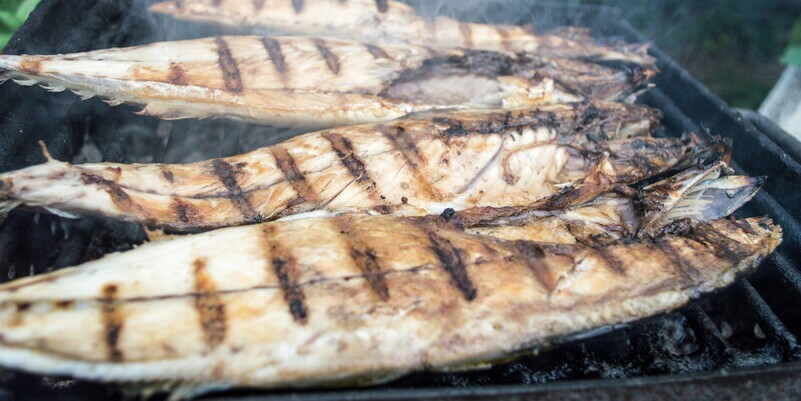
*A word of caution, however: the molecular combination of strong tannins with oily fish causes an unpleasant, slightly metallic sensation on the palate, so big reds are to be avoided at all costs.
Delicate white fish (bream, cod, sea bass):
Chablis, Sauvignon Blanc (Loire/Bordeaux), Grillo, Gavi di Gavi, Albariño
Fish & chips:
Champagne/English Sparkling, Picpoul de Pinet, Sauvignon Blanc
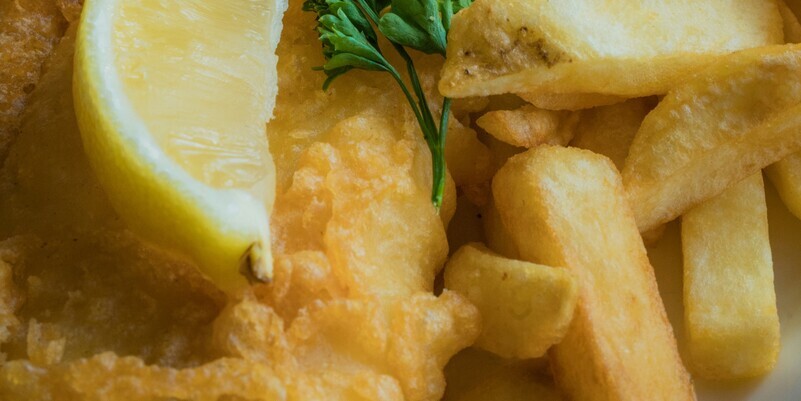
Oily fish (salmon, mackerel, tuna):
- Chablis (especially Premier Cru), Alsatian Riesling, Cool-climate Chardonnay
- Light chilled reds: Beaujolais, Loire Cabernet Franc, Provençal Rosé
Curry, Spice & Sushi
As stated earlier, not always an easy partnership since the intensity of some spices can overwhelm – especially chilli heat. Rich aromatics and a touch of sweetness, particularly with hotter curries or Thai dishes, soften the blow and add their own lift.
With sushi, think of freshness first.
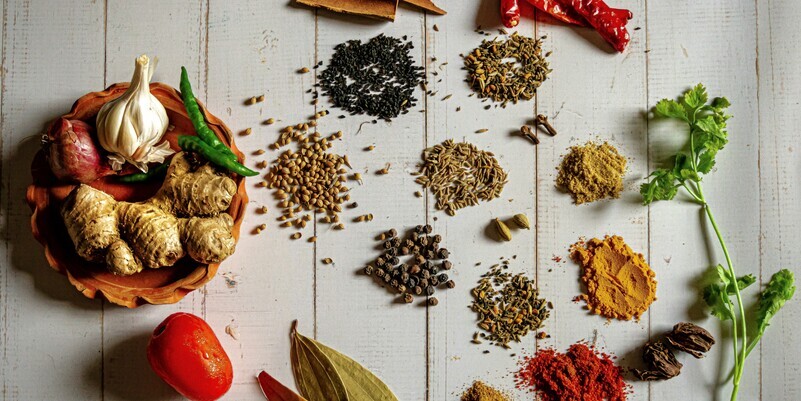
Curry (mild to hot):
- Gewurztraminer (Alsace), Demi-sec Vouvray, Pinot Gris, Viognier/Rhône whites, Alsatian Riesling, Grüner Veltliner
- Light fruity reds (if needed): Beaujolais, Pinot Noir, Grenache
Sushi:
- Muscadet, Albariño, Chablis, Pinot Gris
- With wasabi & soy: Dry rosé or Albariño – avoid big reds
Charcuterie & Cured Meats
Because oiliness /fattiness is once again in the fore, you’ll know by now what is required. Correct – good acidity. And because cured pork such as Parma, Serrano and Bayon ham has inherent sweetness, you want exuberant fruitiness to meet this while also providing delicious contrast with what is inherently salty, too. First stop – Beaujolais. Or Pinot Noir.
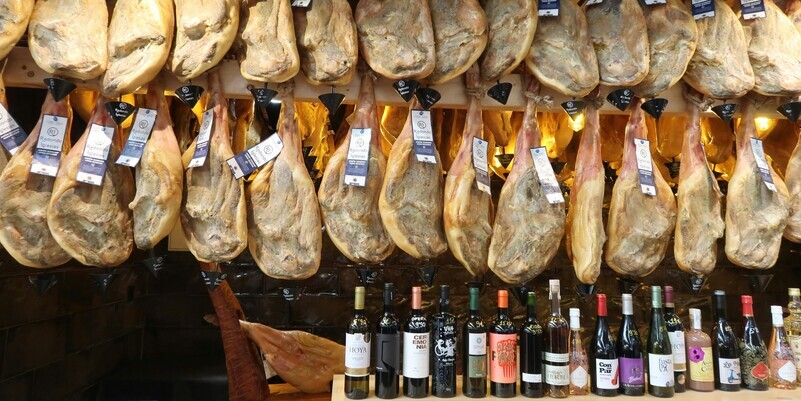
Best pairings:
- Beaujolais (Gamay), Pinot Noir (light), Loire Cabernet Franc
- Chianti/Tuscan Sangiovese
- Alsatian Riesling, Grüner Veltliner
Chill the reds slightly for added freshness.
Grilled & Roasted Red Meats
Perhaps the easiest pairing pleasure of all. Beef, lamb, pork – all love a good red. And for fattier cuts – for oilier, more pungently flavoured/seasoned lamb, for example – proper acidity and tannins are required. Otherwise, it’s hard to go wrong.
Beef (steak, burgers, roasts):
Lamb (roast, braised, grilled):
- Italians reds – Tuscan, especially – Rioja, Red Bordeaux, Grenache, Pinot Noir, red Languedoc
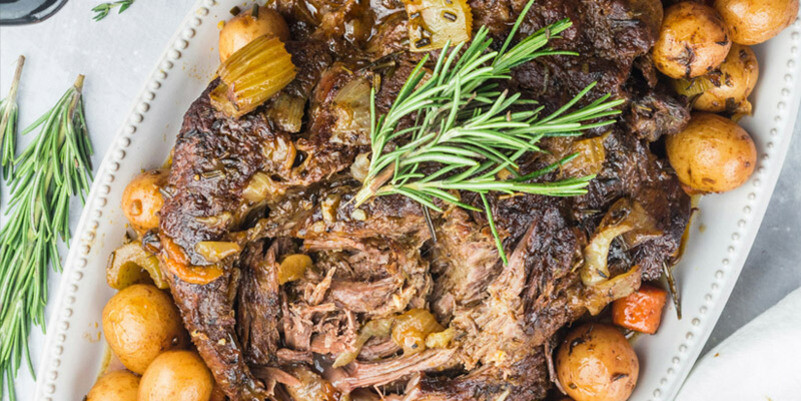
Pork:
- Italian reds (as above), Nebbiolo (Barolo, Barbaresco, Langhe), Rhône reds
- Alsatian whites (Riesling, Pinot Blanc, Pinot Gris), white Burgundy
Game (Feathered & Fur)
Few wine-pairing moments stir the senses like a well-prepared game dish in autumn. Its earthy, deeply savoury tones welcome reds of complexity and grip. Rustic regional wines often shine brightest here.
Feathered (quail, pheasant, guinea fowl):
Beaujolais, Red Burgundy (Pinot Noir), Loire Cabernet Franc
Darker birds (duck, goose, wood pigeon):
- Pinot Noir, Right Bank Bordeaux, Mendoza Cabernet Franc, Amarone, Barbera, Chianti
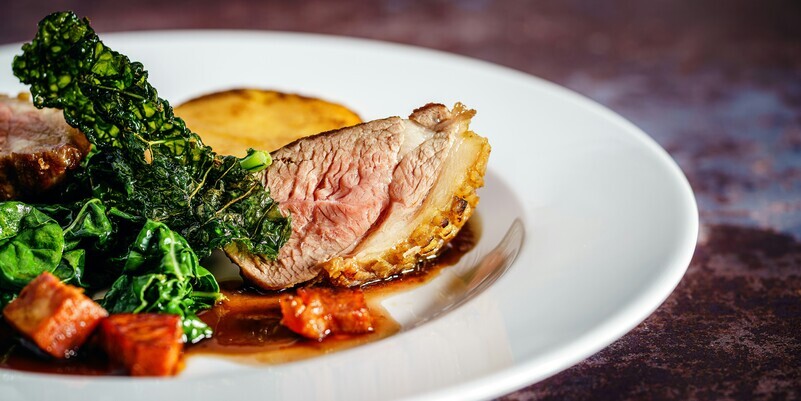
Fur (venison, wild boar, rabbit):
- Rhône reds (Syrah), red Bordeaux, Malbec
- Tuscan reds, Northern Italian reds – Nebbiolo, Barbera (for rabbit)
Chicken & Turkey
Chicken and turkey are beautifully wine-friendly. Texture and seasoning are your guide: go richer with roast, lighter with grilled, or more aromatic when exotic spice joins the party.
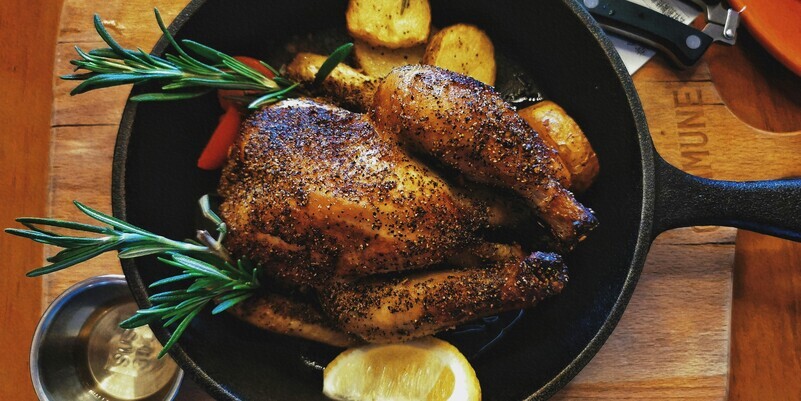
Chicken (roast, grilled):
- Chardonnay, Viognier, Pinot Gris, Alsatian Riesling
- Reds: Merlot, Beaujolais, Pinot Noir
Turkey (roast with gravy):
Gewurztraminer, Pinot Gris, Viognier
- Fruity reds: Chianti, Beaujolais, Pinot Noir, Right Bank Bordeaux
Pasta by Sauce
It’s not about the pasta—it’s about the sauce. From light and lemony to rich and meaty, match weight and acidity first. A regional Italian wine will rarely steer you wrong.
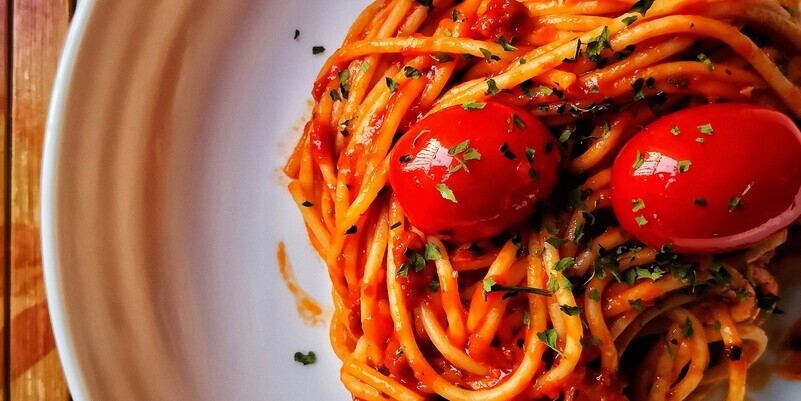
Light oil-based or veg sauces:
Gavi di Gavi, Grillo, Verdicchio
Tomato/Bolognese sauces:
Tuscan Sangiovese, Barbera
Cream-based sauces:
Chablis, white Burgundy, Chardonnay in general
- Add herbs/mustard: Pinot Gris, Viognier/Rhône whites
Cheeses
Because the world of cheese is likely as vast as the world of wine, any attempt to thoroughly merge the two would far exceed the space allotted here. Instead, we separate that first world into four basic categories and pair the most corresponding wine styles from the second.
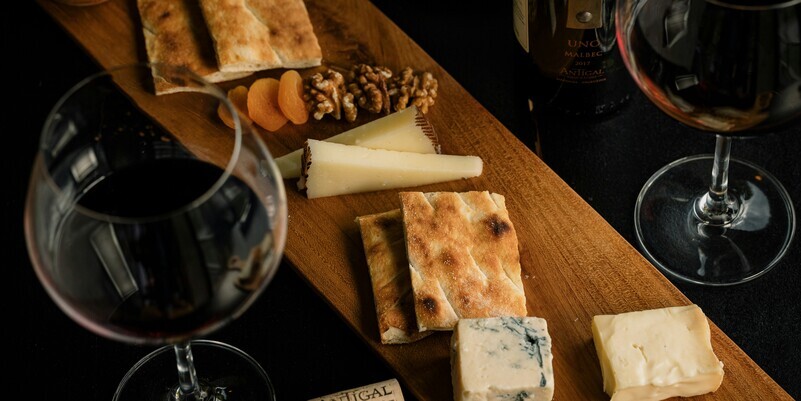
Soft & Creamy (Brie, Camembert, Epoisses,etc.):
- Pinot Noir, Beaujolais, Loire Cabernet Franc, Nebbiolo
- Alsatian whites, Mâcon, Chablis Premier Cru
Goats Cheese:
- Sancerre, Pouilly-Fumé, Touraine Sauvignon Blanc
- Cool reds: Beaujolais, Loire Cabernet Franc
Blue Cheese:
Sauternes, Port, Rutherglen Muscat, Off-dry Vouvray
Hard Cheese (Cheddar, Parmesan):
- Bordeaux, Port, Barbera, Dolcetto, Chianti
- Creamy hard cheeses (e.g. Gouda, Emmental): Pinot Noir, Beaujolais, Loire Cab Franc
Desserts
Dessert wines are often overlooked, but when well-matched, they’re simply fabulous. Balance sweetness with sweetness and acidity with richness. Avoid pairing delicate wines with overpowering puddings—and vice versa. Ensure dessert wines are always sweeter than the dessert itself.

Fresh fruit/fruit salad:
Demi-sec Champagne, Off-dry Vouvray, Prosecco, Gewurztraminer, German Riesling
Fruit tarts & nut-based:
Sauternes, Sweet Riesling, Sweet Chenin Blanc (Vouvray, Coteaux du Layon)
Christmas pudding/dried fruit cake:
Sweet Sherry, Madeira, Marsala, Rutherglen Muscat
Chocolate desserts:
Port, Sweet Sherry, Zinfandel, Australian Cabernet/Shiraz
Wine & Food Pairing at FVD
As you can see from the many links provided here, our compact, hand-selected range offers fantastic options for all your pairing requirements – and just as many for you to experiment with.
Whether you fancy those time-tested, all-time classic matches or are instead looking to use our tips for a new combination never tried, here your best options await.
Better still, sign up for our newsletter for special deals on best-sellers and new additions, and of course, more food pairing suggestions.
-- David Adamick, FromVineyardsDirect

